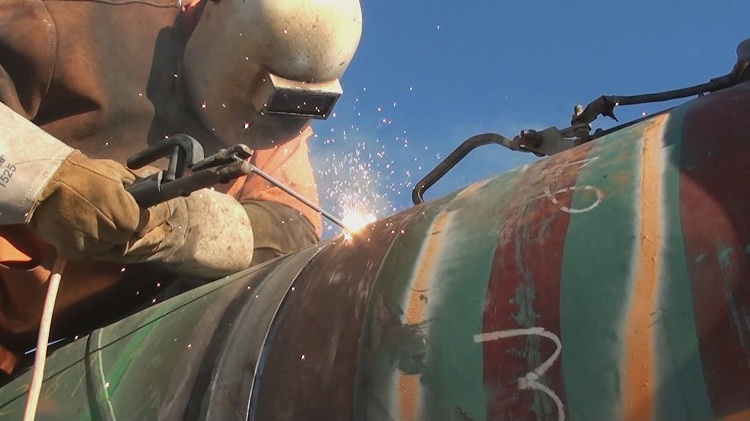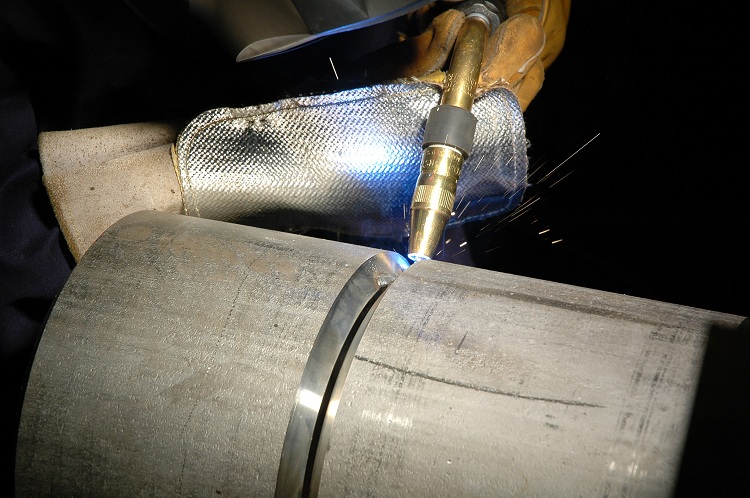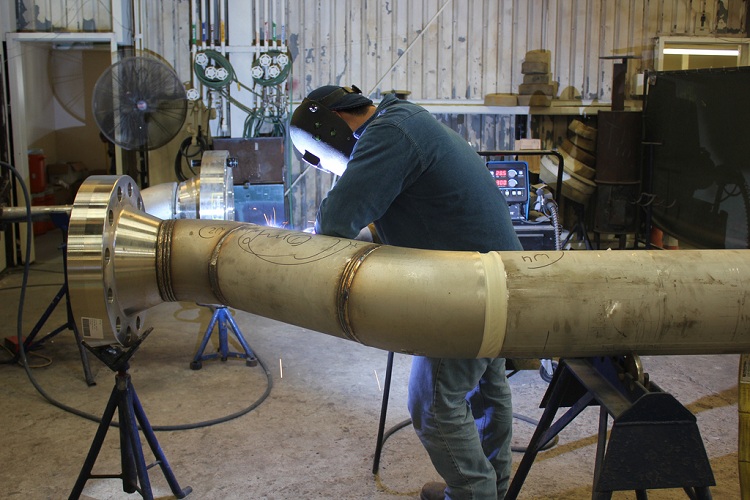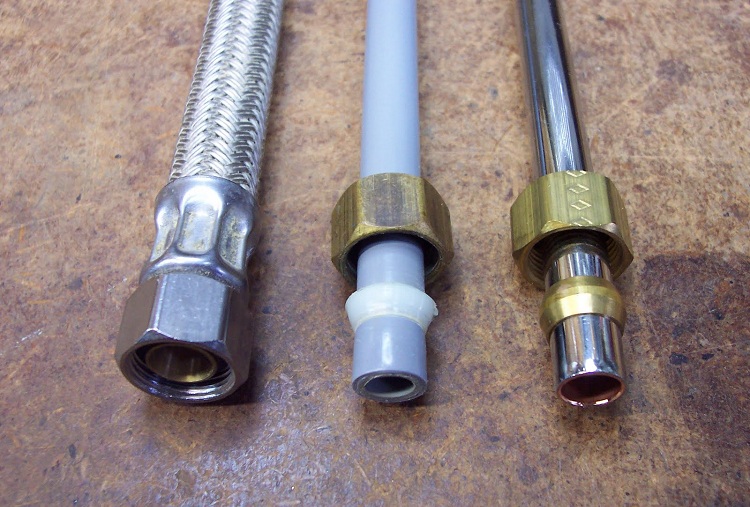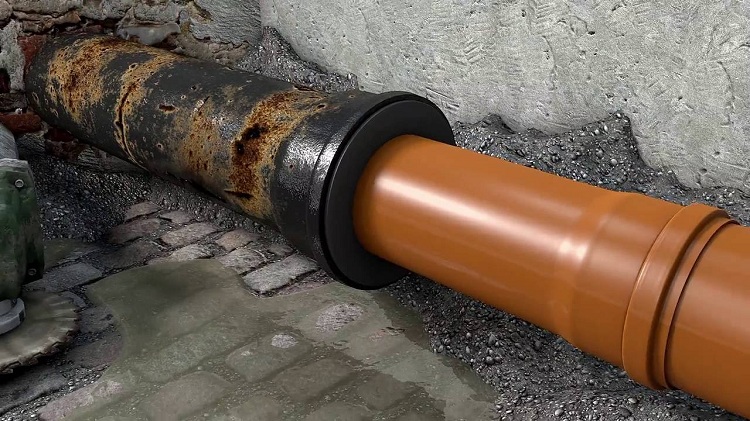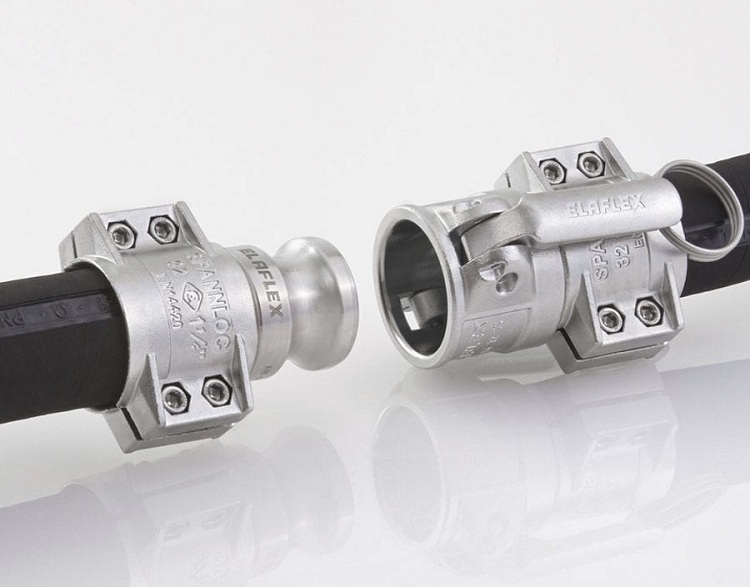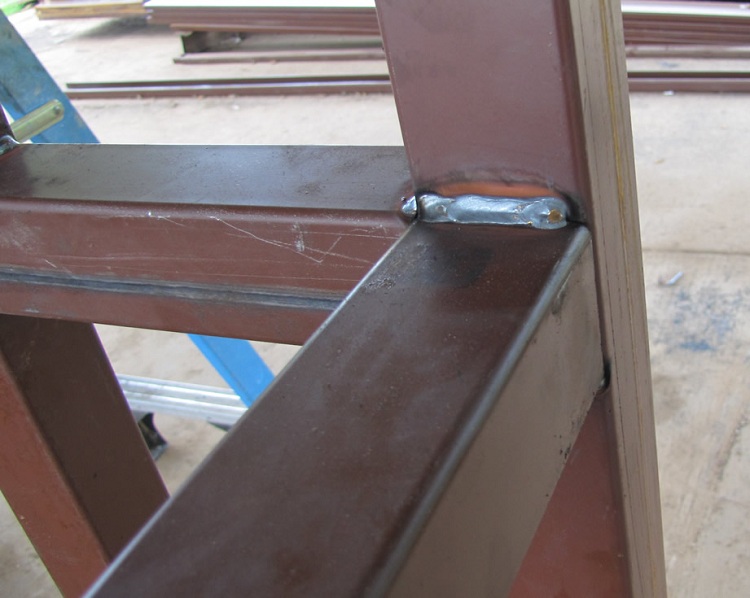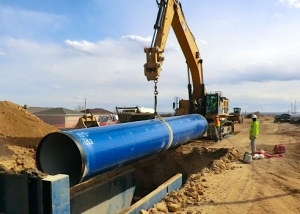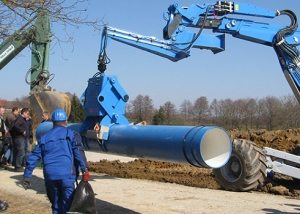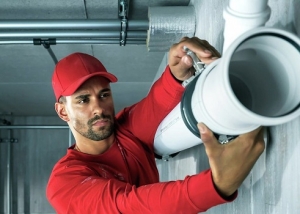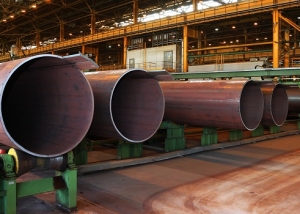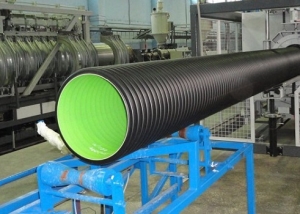Today, there are many options for connecting pipes in pipeline structures. The choice of connection depends on various factors, however, in the first place, the material from which the communication elements are made plays a role. The second important factor is the type of work environment. It is also worth noting that the operational conditions of the pipeline play a large role.
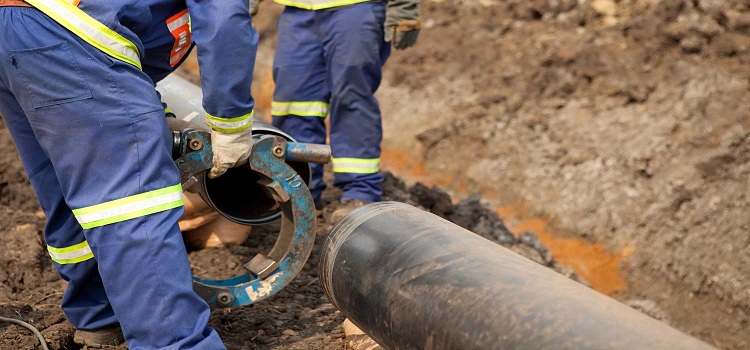
The connection method is selected depending on the type of pipe, its diameter and the purpose of the future pipeline
Content
- 1 Types of connections
- 2 Welded joints
- 3 Threaded connections
- 4 Other types of pipe joining without welding
- 5 Connection of flexible pipes without welding
- 6 Connection of rigid pipes without welding
- 7 Non-standard pipe connection methods
- 8 Features of the connection of profile pipes
- 9 Connection of profile pipes without welding
- 10 How to connect pipes from different materials?
Types of connections
All existing pipe connections are divided into two main groups:
- detachable;
- one-piece.
The use of detachable joints allows, if necessary, to disassemble the butt section. Due to this property, it is possible to repair and replace the joint without violating the integrity of the pipes. Detachable joints include threaded connectors (fittings) and flanges.
In the case of permanent joints, the pipe can be disassembled, however, this will lead to damage to the pipe material. The most popular non-separable connection of pipelines is welding. In addition, there are a number of ways: gluing, pressing, installing the socket with cement mortar.
All of the above methods are quite popular and are used to connect pipelines transporting various media: water pipes, heating communications, gas networks, sewer systems, as well as industrial and technical highways.
Welded joints
Welding is a very popular method of joining individual parts in a pipeline structure. Especially this method is in demand during the installation of technical communications in production.
It is worth noting that through welding not only individual parts in metal structures can be connected, but also plastic products. In some cases, welding is also used for joining glass parts.
Depending on the method of exposure to the material, two main methods of such a compound are distinguished:
- fusion welding;
- pressure welding.
Fusion welding has many options for implementation:
- electric arc;
- simple electric;
- electropathy;
- laser;
- gas welding.
The most popular among these options can be called the first. The use of electric arc welding implies that the source of heating is an electric arc. This type of work can be performed in two ways:
- with alternating current;
- with direct current.
Helpful information! Butt welding of connected pipeline elements allows you to work with less financial cost. This is due to the fact that welding equipment is less expensive, and also requires less energy consumption during installation.
This type of installation can be carried out using various equipment, therefore, three types of welding can be distinguished:
- manual;
- semi-automatic;
- automatic.
Types of welded joints
There are different ways of welding individual parts in pipeline communications. Consider them:
- butt
- overlapping;
- angular;
- with welding of various elements.
The most popular and common are the following joints by welding:
- Butt (longitudinal and transverse). With this welding option, backing elements - rings can be used. The seam in such joints can be single or double-sided. The latter is used in cases where the part has large cross-sectional indicators - more than 500 mm.
- Corner (one-sided and two-sided). This option can be performed in different ways. In some cases, the corner joints are welded with bevel edges, and in some without.
- Socket weld grip overlap. A bell-shaped joint is used to join pipe elements having a high ductility coefficient. These include parts from non-ferrous metals, as well as plastic elements.
In addition, square pipes, which are used in the construction and manufacture of various furniture, are also connected by welding. They are not suitable for installation of pipelines. This is due to the shape of their cross-section - it affects the flow characteristics, while round is the best option for pipeline structures.
Threaded connections
But what to do in cases where there is no way to carry out welded work? There are a lot of ways of joining pipeline elements without using welding. The most popular option is threaded installation. Carving on pipes is performed by cutting on special machines or an ordinary die. If it is necessary to apply thread to a product with thin walls, a knurling method is used.
If you follow all the rules for installing the threaded joint, you get a strong and tight design. Consider the main advantages of using such a connection:
- ease of installation.
- the possibility of repair or replacement without damaging the pipeline;
- installation is made without the use of special equipment.
In addition, there are several parameters of the thread that determine its operation:
- cutting step;
- depth;
- direction.
The step determines the distance between the top of the turn and its base. Depth is a parameter that is defined as follows: the distance between the base of the coil and its top is measured. The direction of the thread is an important point, ignoring which you may encounter problems when installing the pipeline structure. There are two directions to carving:
- right;
- left.
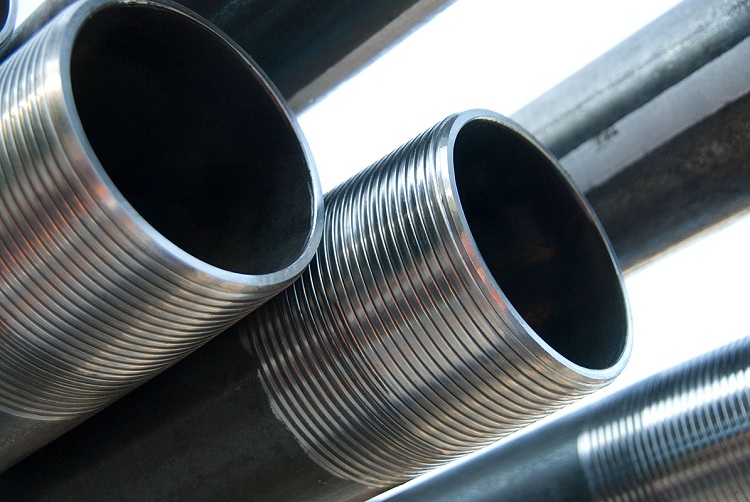
Many types of pipes are equipped with threads, they are used where you need to create a reliable, but detachable connection
Other types of pipe joining without welding
The use of threaded joints is the most popular and common method of mounting pipe structures without the use of welding. However, there are other types of pipe connections that you should pay attention to.
The choice of method, as a rule, depends on the material from which the pipeline is made. All pipes can be divided into two types:
- flexible;
- hard.
The first group includes products that consist of various polymeric materials: polypropylene (PP), polyethylene (PE), as well as metal-plastic products. The second group does not have such plasticity and includes: steel, cast iron, polyvinyl chloride (PVC), copper, etc.
Important! When installing a flexible pipe, greater coverage of the pipe material is required to ensure a reliable connection than when implementing joints in rigid pipes.
Connection of flexible pipes without welding
Often, to carry out installation of the pipeline without the use of welding equipment, special connecting elements are used - fittings. Flexible pipe fittings must have a large reach to ensure a reliable and tight joint.
As a rule, fittings are used in flexible pipelines, which have small or medium cross-sectional indicators (from 20 to 315 mm). For parts with a diameter above 315 mm, the fitting joint is not advisable. This is due to the fact that the reliability of such a connection is rather low.
For joining low-pressure polyethylene products (HDPE) mainly use special compression fittings. Docking of individual elements in the pipeline structure with the help of compression products allows for quick installation, which is also characterized by budget and simplicity.
However, compression products are most often used to connect pipes of small diameter. Pipes of medium diameters are connected using couplings. The coupling is perhaps the most common fitting option.
Connection of rigid pipes without welding
As mentioned above, inelastic pipes are often joined by a thread. But there are ways that allow you to connect the individual elements of rigid pipelines without the use of welding and threading. Joining without welding equipment is allowed on parts with a diameter of up to 600 mm.
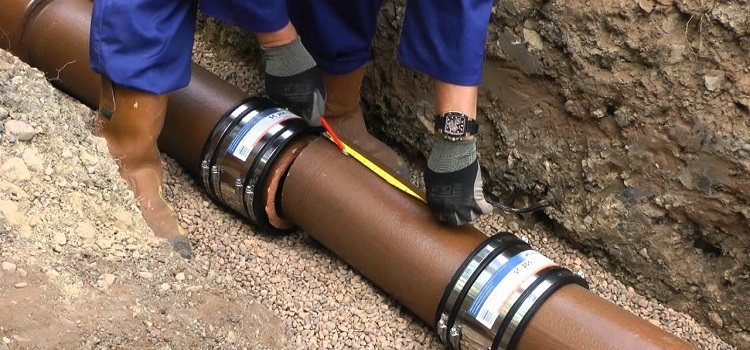
If it is not possible to thread a rigid pipe or use welding for joining, then the pipeline is mounted using couplings
In order to install a rigid structure without using welding equipment, as a rule, couplings are used. The coupling joint allows you to connect the following pipe options:
- equal in diameter;
- with different diameters;
- from various materials.
The connection obtained using such a fitting is characterized by high strength characteristics and good tightness. In case it is necessary to connect two pipes without using welding and thread, as a rule, use special devices - flanges. They are also widely used to connect various equipment to pipes.
It is recommended to use flange connections in those cases when a particular section of the pipeline needs frequent inspections or periodic repairs. This is due to the fact that such a clutch is easy to disassemble and assemble. It includes:
- two connecting flange elements;
- sealing ring;
- nuts and bolts.
Non-standard pipe connection methods
In addition to traditional pipe joining methods, which are the most common, there are some special installation methods. Pipes can also be made of non-standard material, which requires a special connection.
Consider the following docking methods:
- gluing;
- bell-shaped docking;
- quick couplings.
The first option is used if the design is made of plastic. The gluing method allows you to get a durable and tight one-piece connection. Joining of pipes in this way is carried out by applying special glue to them.
The bell-shaped connection is used, as a rule, when installing sewer systems of pressureless type. In such systems, wastewater flows naturally at an angle, without using a special pump.Depending on what material such a pipeline is made of, there can be a detachable and one-piece bell-shaped connection. The detachable version of the bell-shaped clutch is used when installing plastic communications, and the one-piece version is used when installing cast-iron pipes. Sealing the socket in cast-iron constructions is carried out using a cement composition or special sealants.
Helpful information! Quick-detachable or quick-detachable connection is established if the operational features of the communication require its frequent disassembly.
Consider the main options for quick connectors:
- clamps equipped with a fixing wedge;
- cam (Camlok);
- ISO connection.
These clutch options are easy to install and have good strength characteristics.
It is also worth noting that for the joining of pipes that are operated for industrial purposes, use such joints:
- nipple;
- telescopic;
- articulated.
The first option is used in cases where it is necessary to connect the pipes to some measuring equipment, and the second - when joining rigid pipes equipped with flexible elements. The hinged type is used in the construction of highways with complex shapes. This connection allows you to compensate for the effect of twisting the pipeline.
Features of the connection of profile pipes
Profile pipes have good strength and relatively low weight, so they are often used for mounting frame structures, as well as for other construction purposes.
In shape, profile pipes can be:
- rectangular (the most common shape);
- square;
- ovoid (oval);
- others (more complex forms).
To connect square pipes, as a rule, use electric arc welding. And also there are special joints that are realized with bolts and rivets. Docking of square and rectangular pipes is carried out in the same ways.
In addition, various parts can be joined to such pipes. Such docking is carried out using self-tapping screws. These elements do not require pre-holes.
Connection of profile pipes without welding
Joining profile pipes can be performed without the use of welding equipment. How to connect profile pipes without welding:
- use of the crab system;
- fitting docking.
The crab system for pipes consists of connecting brackets and fixing elements. The connection in this case is carried out using nuts and bolts and in the final form form an “X”, “G” or “T” -shaped profile structure. This connection can be joined from 1 to 4 pipes, but only at right angles. They are not inferior in strength to welds.
Fitting docking is used when it is necessary to branch off from the main pipe. There are several varieties of pipe connectors that allow you to mount workpieces in various configurations. The main ones are:
- coupling;
- corner;
- tee;
- crosspiece.
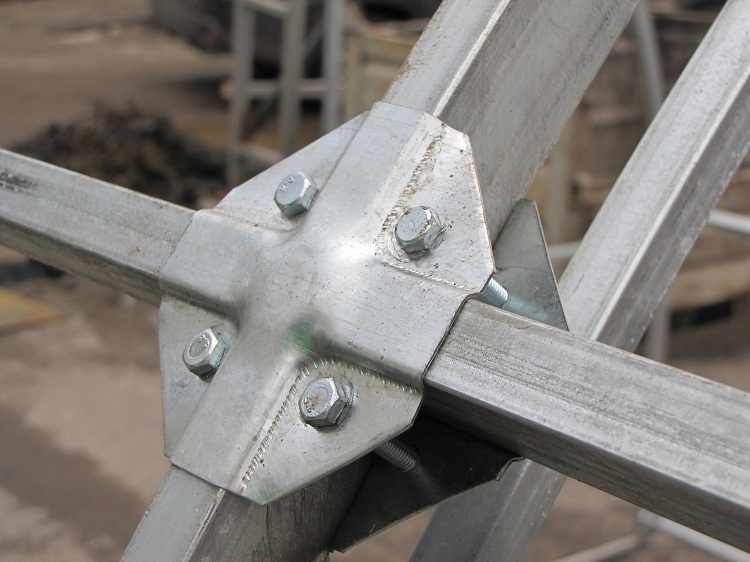
Crab systems are most often used in the installation of simple street structures, such as a greenhouse or canopy
How to connect pipes from different materials?
In some cases, it is necessary to perform the connection of heterogeneous material products. For these purposes, there are special options.
How to connect a polypropylene (plastic) pipe with a metal one?
Many people wonder: how to connect polypropylene pipes with metal? There are several popular methods for this:
- thread;
- flange connection of pipes.
In the first case, the coupling of pipes non-uniform in material is carried out using couplings.One end of such a coupling is threaded, and the other has a smooth surface for joining with polypropylene.
The flange method involves the use of flanges. This connection is made by means of studs and bolts.
Note! Flanges are used in structures that are often disassembled during operation.
How to connect plastic pipes with metal?
The most popular options in this case are:
- press fittings;
- compression fittings.
In the first case, the connection between pipes inhomogeneous in material can be performed in two ways:
- sliding press fitting;
- crimp coupling.
It is important to remember that the connection of metal-plastic pipes with metal and other pipes that are inhomogeneous in material is a rather responsible measure and should be carried out by specially trained specialists. Incorrect installation of the connecting element will lead to an emergency in the pipeline.
